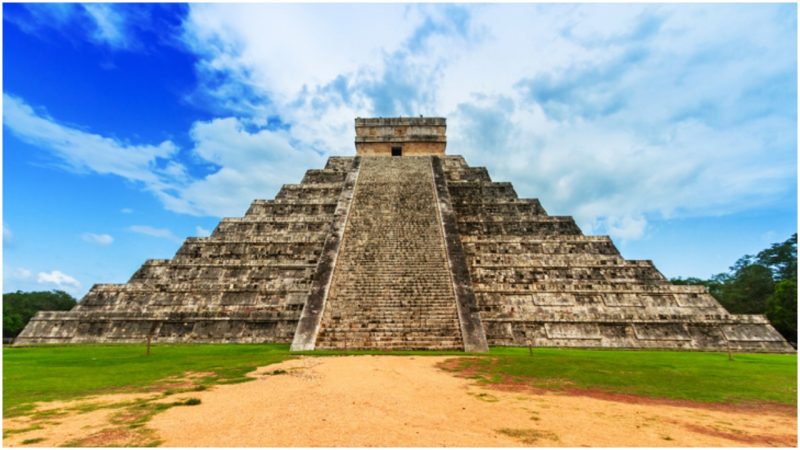In 225 BC, Philo of Byzantium made a list of things to see in the Ancient World which became known as “The Seven Wonders of the World.” As time went on many of the places on the list were destroyed by man or nature, with only the Great Pyramid at Giza in Egypt remaining.
In 2001, Bernard Weber created the “New 7 Wonders Foundation,” based in Zurich, Switzerland and set-up an online voting campaign for the people of the world to vote for their choice of locations. Announcing the results in 2007, according to the New7Wonders website, over one hundred million voters made their voices heard and through several voting stages elected the following locations as the New Seven Wonders of the World.
The Statue of Christ the Redeemer
This statue is at the peak of Corcovado Mountain in the Tijuca Forest National Park in Rio de Janeiro, Brazil.
The statue stands ninety-eight feet tall on a twenty-six-foot tall pedestal and the outstretched arms of Christ measure ninety-two feet wide.
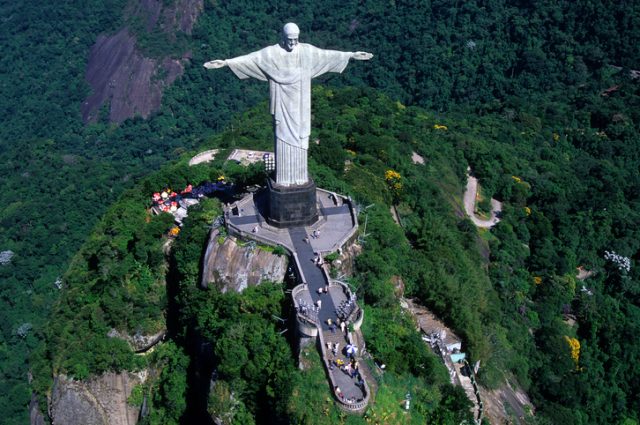
It was designed by sculptor Paul Landowski, built by engineers Heitor da Silva Costa and Albert Caquot, with the face created by Gheorghe Leonida.
Its building took place between 1922 and 1931, and the statue was dedicated on October 12, 1931.
The Great Wall of China
The wall extends for 13,196 miles across the country of China. It was built over the time span of seven Chinese dynasties from about 221 BC to 1644 AD.
It passes through the provinces of Liaoning, Hebei, Tianjin, Beijing, Shanxi, Inner Mongolia, Shaanxi, Ningxia, Gansu, and Qinghai.
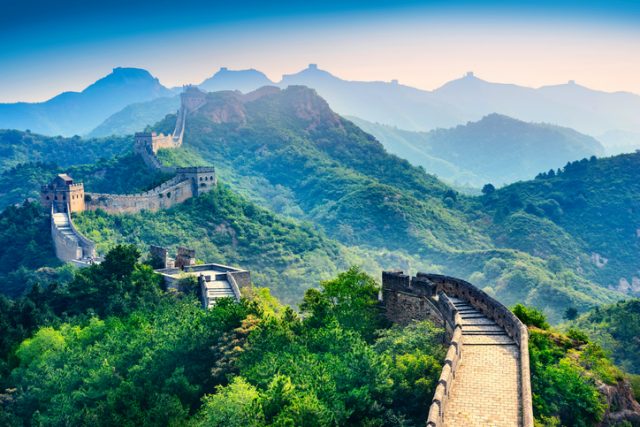
The wall was built with different methods and materials during each leg of construction. Some sections still exist, others have been rebuilt, and some have disappeared. The wall was built for protection against invaders and incorporated natural defenses such as rivers, cliffs, and ravines.
The Temple of Kukulcan
Located on the Yucatán Peninsula of Mexico, The Temple of Kukulcan is also called El Castillo and Chichén Itzá Structure 5B18.
Chichén Itzá was an important cultural center of the pre-Columbian Mayan society from around 750 AD to 1200 AD.
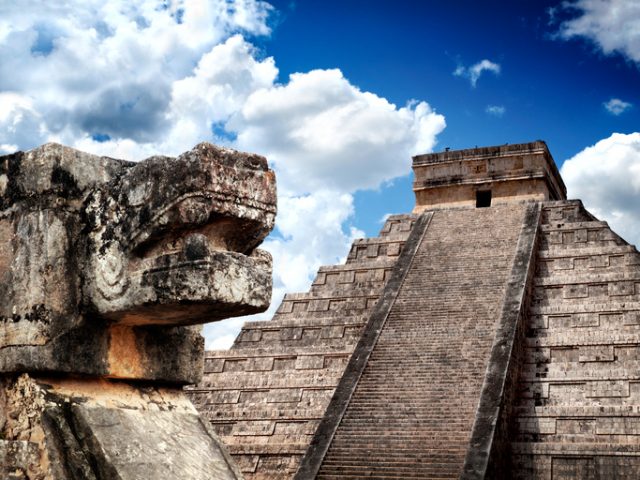
The Temple of Kukulcan is a terraced pyramid with narrow steps that run up every wall at a forty-five-degree angle.
The northeast side has heads of serpents affixed near the bottom step. The pyramid is seventy-nine feet tall including the temple on the top.
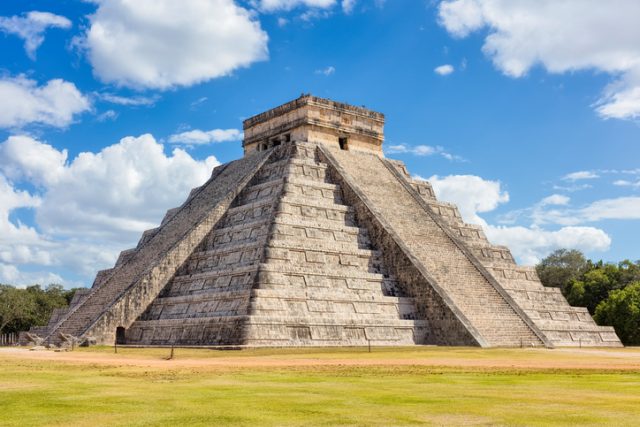
On both the spring and autumnal equinox, a shadow running down the northeast side gives the illusion that the serpent is slithering down to the earth. The phenomenon has become a biannual gathering for visitors from around the world.
Petra
The date of origin for the city of Petra, near Jebel al-Madhbah in southern Jordan, is unknown, but New7Wonders tells us it could have been built about 312 BC by the Arab Nabataeans.
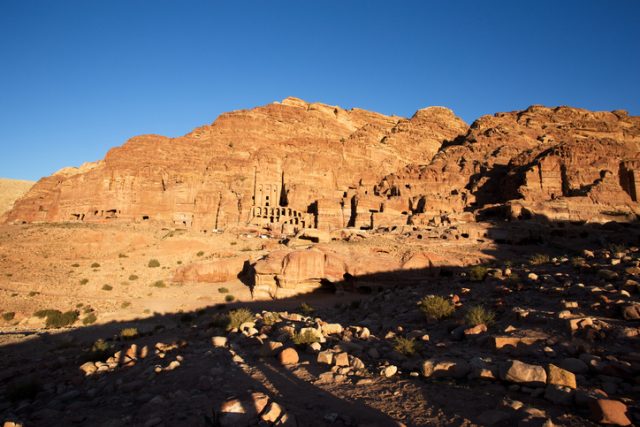
It was discovered in 1812 by Johann Ludwig Burckhardt, who found much of the city carved into the rose-colored rock of the desert.
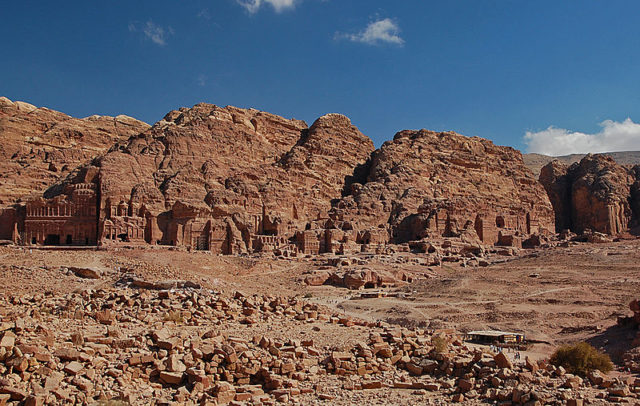
It had one of the most advanced water delivery systems of the ancient world. The site is an ongoing archeological site but is open to the public.
The Taj Mahal
In Agra, India, the Taj Mahal was commissioned by Emperor Shah Jahan of the Mughal dynasty in 1632 as a tomb for his beloved wife Mumtaz Mahal, who died in childbirth.
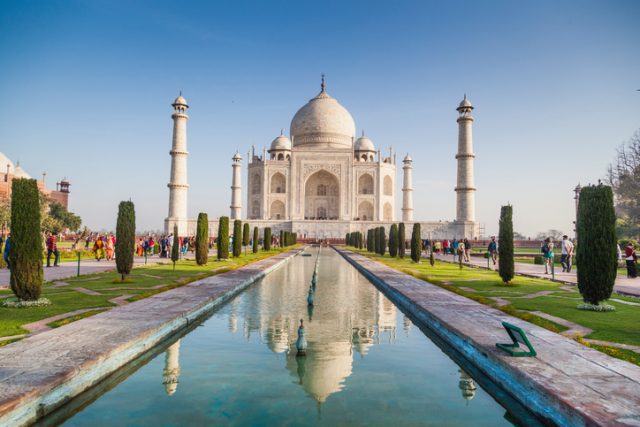
The marble structure, inlaid with precious gems, was completed in 1653 and encompasses forty-two acres with a guest house, formal gardens, reflecting pool, and a mosque.
When the Emperor died in 1666, he was buried next to his wife.
Machu Picchu
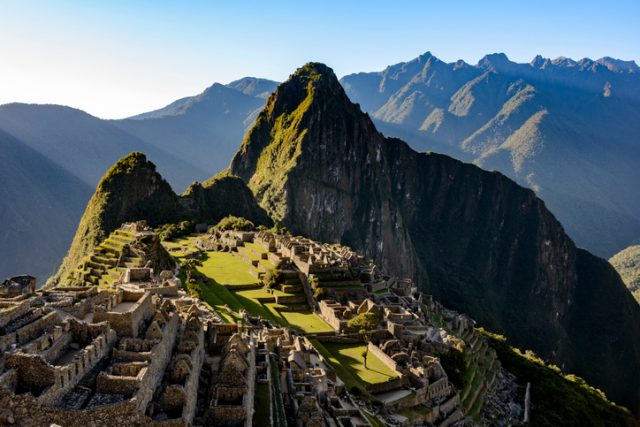
Located high in the Peruvian mountains, Machu Picchu was built by the Incas in the 15th century. It is made up of over two hundred homes, storage buildings, temples, and a palace.
It was discovered in 1911 by Hiram Bingham of Yale University.
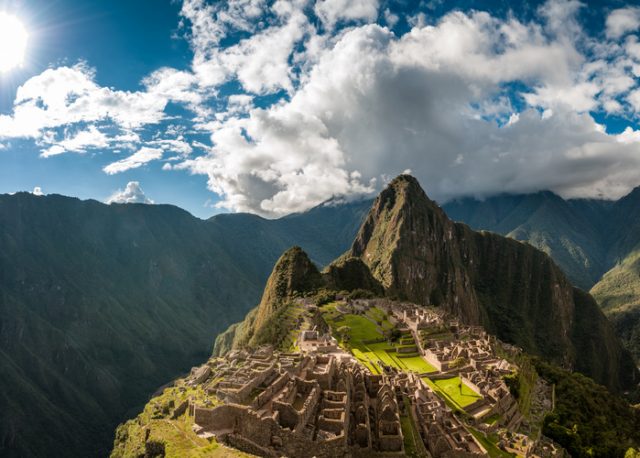
According to the National Geographic Society, Luis Lumbreras, the former director of Peru’s National Institute of Culture, believes it was a religious center and may have been a type of retreat. Others believe it was an estate for the Incan Emperor Pachacuti.
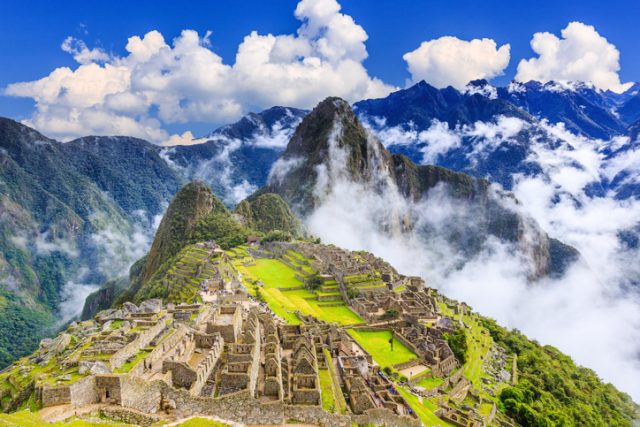
How and why the ancient city was built is still unknown as there are no historical records that mention Machu Picchu.
The Colosseum
The largest amphitheater ever constructed, the Colosseum in Rome, Italy was built in 72 AD over the top of the destroyed gardens and drained lake that were part of Emperor Nero’s Golden Palace. It held between fifty and eighty thousand spectators.
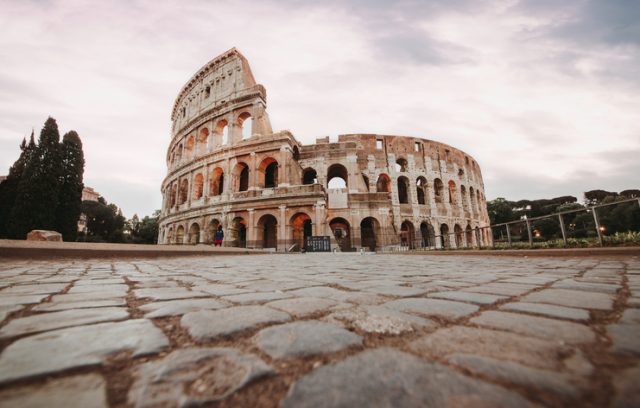
Originally named Amphitheatrum Flavium after the Flavius ruling dynasty, the popular name “Colosseum” was taken from the ninety-eight-foot tall bronze statue Nero had built to honor himself, The Colossus of Nero. All that remains is the base of the statue.
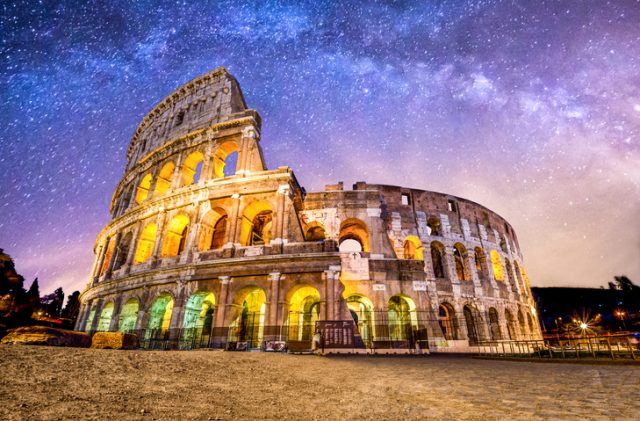
The Colosseum was used for various events such as gladiator matches, plays, and reenactments of battles. Vandalism and earthquakes caused damage that can still be seen at one of Rome’s most visited attractions.
What’s Next? The New7Wonders Foundation is a privately funded organization, and, after the original voting, also sponsored votes for seven wonders of nature and seven wonder(ful) cities. Will there be a new 7 Wonders? We wonder.
